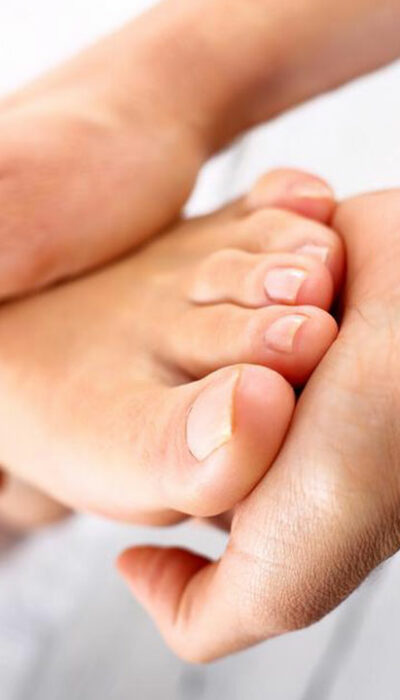
Beneficial Treatment Options for a Quick Foot Pain Relief
Our feet go through quite a lot each day; from helping you commute to various destinations, to putting up with the stiletto heels that you choose to sport, and from standing in queues at malls to rehearsing for your dance. Not only will you face difficulties in walking, but foot pain may need you to take painkillers, or compel you to stay in bed the whole day. However, foot pain can happen in a lot of places and can be triggered by many factors; starting from a fracture to stone bruise and a simple heel pain, to an irksome corn pain These can be treated to get some immediate relief from the severe foot pain. In this article, we take a look at the various foot pain relief therapies available, but first, it is important to analyze and diagnose the reason for your pain and what the main cause for the same. Most common types of Foot Pain and Healing Remedies Heel Pain: How Do I Get Complete Relief from It? In case you are suffering from heel pain, you might be having plantar fasciitis. Plantar fasciitis is actually an inflammation or irritation of the bonds of strong tissues, that are connecting the toes with the heel bones. The heel pain worsens during the morning when you hit the floor after waking up from your sleep. You might feel it in the arch, or in the heel. Treatment Let your footrest for a while. Do foot and heel muscle stretches. You can resort to painkillers. Try buying shoes that have a comfortable cushioned sole and also lends good support to your arch. Heel Spurs Heel spurs are simply a kind of foot pain and are characterized by strange bone growth on your heel’s bottom. Heel spurs are triggered by wearing a bad pair of shoes, an abnormal walking posture, or from running, as well.





